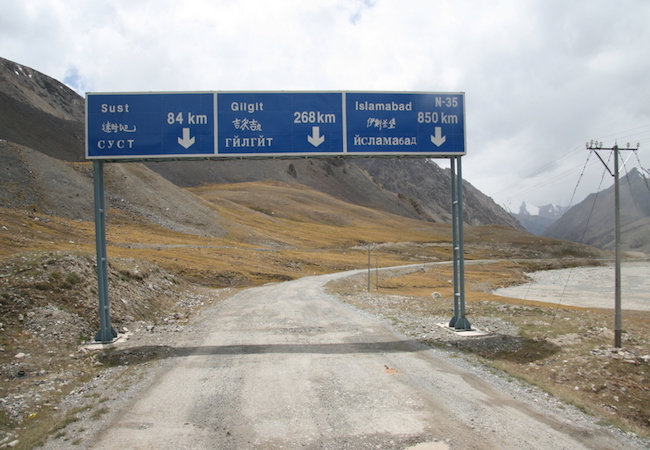
By M Waqas Jan
Since Imran Khan’s government came to power nearly 6 months ago, there has been a concerted effort from this new government to bring the China Pakistan Economic Corridor (CPEC) in line with its own development objectives. Outlined somewhat vaguely as part of its pre-election narrative, recent statements emanating from the Prime Minister’s Office, as well as key Ministries such as the Ministry of Finance and the Planning and Development Commission, all appear to be aimed at linking CPEC with the ambitious development goals set by none other than the new Prime Minister himself. These include the somewhat generalized goals of poverty eradication, increased employment and greater austerity as all part of a broader agenda for enhanced socio-economic development.
The emerging narrative being used to frame CPEC thus appears at first sight, as a move away from the more jingoisitic pomp of the previous government. Rather than the incessant flag-waving and the marked emphasis on nation-building through massive infrastructural development, Imran Khan’s government appears to have taken a more measured and pragmatic approach to CPEC’s contribution to national development. While, the Nawaz Sharif government thrived on perceptions of largesse and massive government spending (primarily through Chinese funding), Imran Khan’s approach has been to highlight the country’s development constraints in light of its ballooning fiscal and current account deficits.
This difference is evident in the Minister of Planning and Development’s most recent statements following the 8thJoint Cooperation Committee (JCC) meeting held in Beijing last month. He pointed out that his government had widened the scope of CPEC by laying greater emphasis on developing the country’s agricultural, fisheries and light industrial sectors to help boost exports. All while scrapping other expensive projects such as the planned 1,320 MW Rahim Yar Khan Power project that was instead deemed as being more politically motivated than anything else.
These developments thus mark a clear difference in the narratives being espoused by the incumbent and previous governments with regard to CPEC. While the previous government had focused incessantly on pushing for large transport and energy infrastructure projects as part of its policy agenda, the present government has vehemently questioned the usefulness of this approach. These differences characterize not only the varying development objectives of both these governments but also the very politics that influence and shape these objectives. They represent, if anything, the healthy impact of a thriving democracy on CPEC. .
However, moving beyond the political undertones currently defining (and re-defining) CPEC, it is also worth noting that the entire initiative is gearing towards its second phase of development. Whereas, the preceding phase was characterized largely by massive state-led infrastructure projects, the following phase is more geared towards setting up the right conditions for building a long-term industrial base on the back of key private-public partnerships. The development of designated Special Economic Zones, as well as improving the ease of doing business for foreign investors mark some of the most important challenges that currently require the government’s attention. These in turn require a renewed political will beyond the constituent politics of localized development. This holds especially true if these initiatives are to translate to actual export revenues and greater Foreign Direct Investment for the Nation as a whole.
What’s more, these challenges are such that even if overcome successfully, they lack the kind of visibility and immediacy that is otherwise associated with large infrastructure projects. The benefits of greater exports and foreign investments are likely to be realized over the long-run, even after putting in place a series of hard-fought measures and reforms. These stand in direct contrast to the immediate benefits to the population from for instance, a new highway or bus service, or from a marked decrease in power cuts as popularized by the previous government.
Hence, while the present government continues to espouse its narrative of a people-centric development agenda even with respect to CPEC, one wonders whether it holds enough political capital to carry out the more difficult task of restructuring entire sectors within the Pakistani economy. This holds particular importance considering the fact that it has considerably distanced itself from the preceding government’s approach to not only CPEC but the country’s entire development agenda. In emphasizing this more people-centric approach, it remains to be seen whether the people themselves buy into this narrative of such ambitious yet well-intentioned socio-economic development over the long-run. Because at the present, all this government has to show for regarding CPEC is an ambitious, populist narrative, bought from with its own fast dwindling reserves of political capital.




